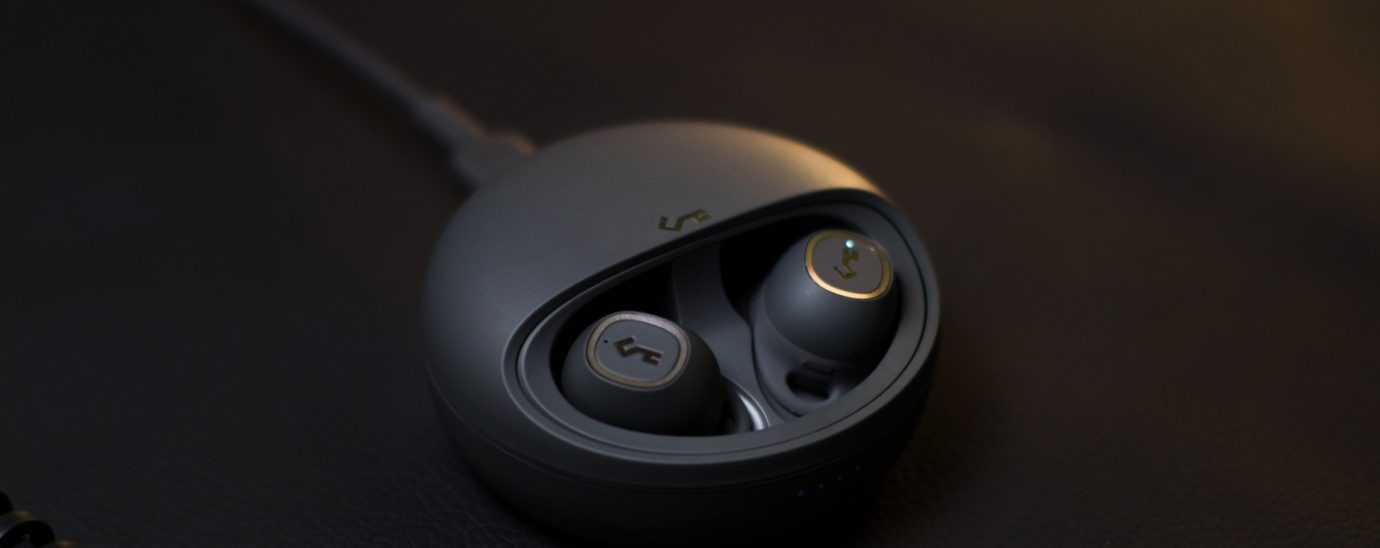Revolutionizing Hardware Product Development Through Digital Transformation

Developing a hardware product is generally more complicated than creating a software product. There are more stakeholders involved, longer timescales, and fewer opportunities for market validation prior to the official launch.
At the same time, hardware products often provide the solution to some of the world’s greatest challenges or push an industry forward towards greater innovation. Product development is a necessary and even noble endeavor. But it could certainly be easier. The cracks are beginning to show in traditional routes to hardware product development. Inventors can experience slow timelines that result in losing the opportunity to be first to market, some are priced out of taking their ideas any further, and others end up with a product that doesn’t do what they had foreseen.
What this ultimately means is that good ideas aren’t being executed as required and inventors and markets alike are missing out on opportunities. A remedy to this has been needed for some time. Technology has helped create a new model – one that is already disrupting the more traditional options. This new digital approach places automation at its heart to accelerate product development while enabling inventors to retain control and executive decision-making power.

Challenges With Traditional Hardware Product Development Models
Working with an engineering consultancy is one of the most common routes to creating a new hardware product, especially for those who have little experience. It’s easy to assume that consultancies have access to the relevant expertise to fill the gaps in an inventor’s experience and ability – they’re the experts who have been working in the field for decades, right?
Over time, those with ideas for new hardware products have come to understand that the traditional engineering consultancy route to product development presents numerous barriers and limitations. Collaborating with a consultancy is expensive, especially for the independent inventor.
High costs do not always mean high quality, which can be difficult to navigate without the negotiating power available to large companies. Furthermore, inventors must be content with a loss of control. Consultancies can make executive decisions and drive hardware products down paths that the inventor may not have chosen had they had more input. Products can therefore end up looking very different to the original concept.
All the while, potentially urgent market opportunities are being missed, and the product is no closer to completion. From missed opportunities to burning through a budget, there is clearly a need for a remedy from the traditional consultancy approach. And with automation and technology at our disposal now more than ever, there has never been a better time for a new model.
The Game Changer
This new digital approach leverages the best in automation to accelerate each phase of product development, all the while enabling inventors to retain control and executive decision-making power over their projects. Digital platforms that enable inventors to collaborate with experts to make their hardware product ideas a reality are becoming increasingly popular. Such platforms invite inventors to share their ideas confidentially with a diverse range of professionals worldwide, who then compete to win the project by showing how they would complete the task/activity that they are competing for.
This means the priority is placed on making the best possible prototype, instead of inventors comparing quotes which inevitably don’t include the hidden costs traditional methods add on at later stages. Inventors can manage their projects in real-time from anywhere in the world, thanks to the new digital hardware product development model.
This means that they always have access to the best talent, without any geographical constraints. Proposals are not restrained by internal rules or politics within traditional consultancies but are of the highest quality due to the competitive bidding process involved with experts pitching for projects. Inventors can also review experts’ work at every step of the way, which encourages post-project knowledge sharing and constant development.
Adapting to Future Needs The digital-first approach to hardware product development embraces technology to eliminate many of the barriers that exist in the traditional models. It, therefore, responds to the needs of today’s inventors and provides a strong foundation for future development.
Hardware product development has long been stifled by traditional practices, partly because of its roots in engineering and manufacturing, which is a sector known to be lagging behind in digital transformation. But what this new digital model shows is that there is a bigger opportunity for innovation to take place, because barriers like high costs, the need for knowledge and experience, and the potential for loss of control are all eliminated completely.
The speed of innovation is certainly not showing signs of slowing, and this paradigm shift in prototyping has the potential to accelerate innovation, even more, giving inventors all over the world the recognition they deserve. The digital model is being heralded as the democratization of prototyping, leveraging the best in digital transformation and automation to deliver results for inventors.
Digital models are making it easier, quicker, and cheaper for inventors to turn their ideas into tangible and workable solutions for today’s issues. This is an exciting development in the hardware sector and gives anyone the opportunity to dare to invent, innovate and develop new economical products in an easy and accessible digital environment.